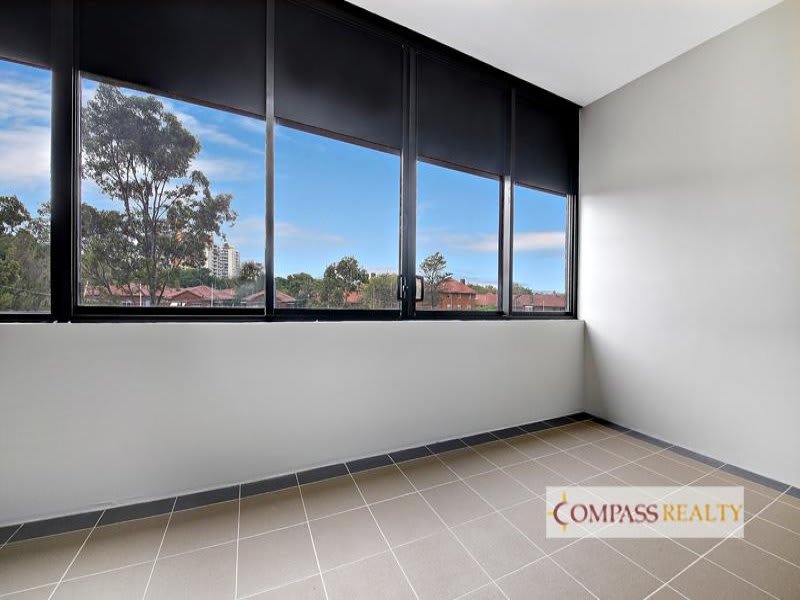Apartments with winter gardens: He Said/She Said
It almost got a little chilly this week, even with the winter sun. The cold came from a frosty exchange between our property contrarians, Jonathan Chancellor and Margie Blok, concerning the use of the term "winter garden", its definition and best application.
They reached agreement that a winter garden must have floor-to-ceiling external glass walls, with adjustable glass louvre panels. The space must be long and wide – not a box-like enclosed balcony. Ideally, a winter garden should also have an internal glass wall which can fold back to allow seamless flow with adjacent living areas.
Of course over recent years, urban real estate agents have hijacked the term "winter garden" in an attempt to glamorize glass-enclosed balconies within apartments.
The term was used during the early 19th century for grandly proportioned conservatory-style glass pavilions designed for growing plants in grand houses.
The history of winter gardens is well documented by a Melbourne blogger who notes “the winter garden dates back to the early modern era where European nobility liked to build a large conservatory...and it had two functions: to house luscious plants that wouldn’t normally grow in that climate and to become an extension of the sociable living space.”
The blogger further noted:
By the late 19th century, winter gardens had three defining factors:
- They continued to grow warm-climate plants in a cool country;
- They had space for music, pleasure and strolling inside the building; and
- They were made of vast areas of glass to maximise the natural light and the natural views.
Our columnists recalled the landmark Wintergarden apartments, at 57 Darlinghurst Road, Kings Cross.
It was designed in the 1920s to be sympathetic to its environment with its foyer then boasting indoor conservatory-style gardens.
Winter gardens were a signature of the architect John Burcham Clamp who'd also incorporated them into the 1912 Farmer’s CBD store.
The designs used attributes of the then new “Daylight Principle”.
The Kings Cross Wintergarden, which has lost much of its finest details, was one of Sydney's first Chicago-style apartment buildings, using steel frames to give added strength and height.
Almost a century on, our columnists now cast their eye over some recent loose usage of the term and suggest their favourite apartments worthy of the glamourous winter gardens description.
HE SAID:
I'm not a huge fan of winter gardens. Especially those that let in the draft and traffic noise. So sadly that rules out some apartments in the Renzo Paino Macquarie Apartments block, given its Macquarie Street position above the Cahill Express entry. The one's above the Royal Botanic Gardens work better. Conservatories in family homes don't do it for me either. I don't mind the old fashioned sunroom, but that's for another day. I've been impressed by the winter gardens in the newly completed Metro project in Chatswood. Ditto the Central Park project at Broadway where they were marketed as ‘loggias’ - weatherproofed with high-tech vertically-sliding glass panels, allowing the residents of blocks, such The Mark to open the space to the elements as a balcony, or close the windows and enjoy bonus indoor space. With no change internal apartment floor level, the loggia seamlessly connects to the living space, and can be used as a dining room, study, extra living space or just an urban garden.
One knockout winter garden I've spotted is at Newcastle, NSW, not the UK. Occupying a coveted spacious north east corner position on the sixth floor of The York luxury apartments, there's a winter garden with electronic louvres offering both views of Nobbys Headland and Fort Scratchley and the rolling sound of the surf from Newcastle Beach.
Pictured below, the 601/61 Shortland Esplanade sold at $1.075 million early last year through PRD agent Mark Kentwell. I'd have liked a little more furnishings with better than the one pot plant in the corner.
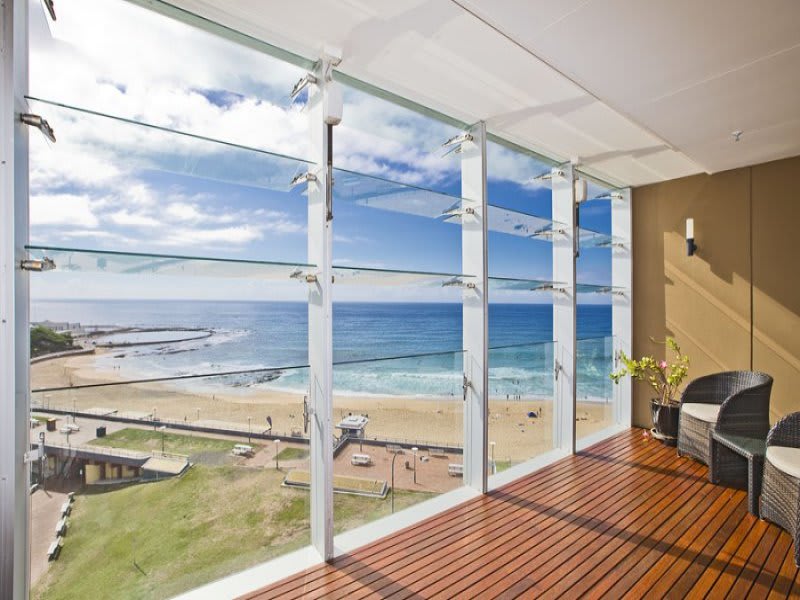
In Melbourne's Eureka Tower I see they have actually been taking some of the winter gardens out. Not unsurprising, as they always looked too clunky, with their framework in tight odd shaped spaces, for my liking. I see 2101/7 Riverside Quay has been listed through MICM agent Brent Schapel sans winter garden in the 120 square metre abode. Looks like the black granite kitchen, pull-out pantry, and laundry were preferred.
Harry Triguboff's high-rise, Miramar on Pitt Street, Sydney didn't market the block as having winter gardens when offered in 1993. But it didn't stop Lisa Wang and Yvonne Wong from the Cubic estate agency recently marketing, then selling their Miramar apartment offering supposedly with a winter garden. The apartment at 170/398 Pitt Street fetched $700,000 earlier this year, despite having sliding windows rather than the requisite louvres – though it was correctly marketed as low maintenance, with $730 weekly market rental potential (pictured below). I recall the 38-floor block with 267 apartments was one of the first with very strong Chinese ownership, with the then president of the Real Estate Institute of NSW, John Nicoll noting at the time that the trend in demand for inner-city apartments had been fuelled by uncertainty over the Hong Kong changeover in 1997.
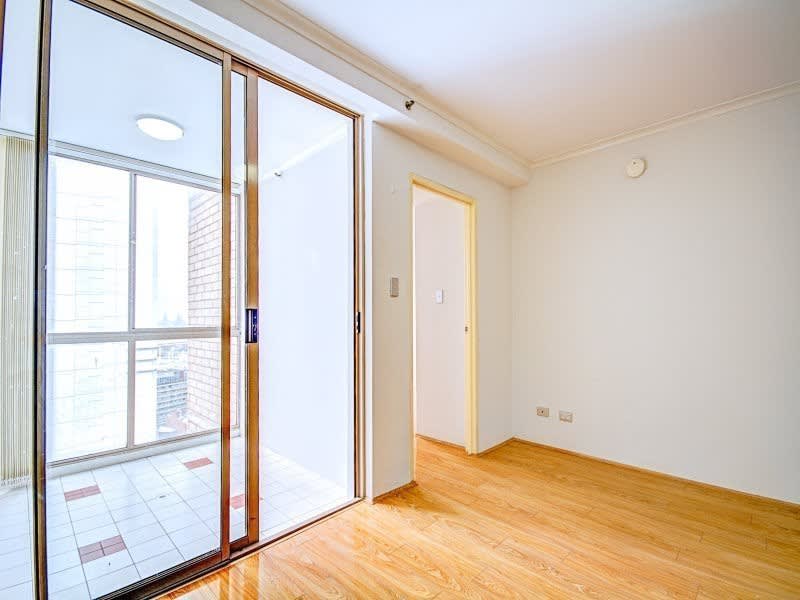
Margie Blok weighs in on winter gardens on the next page.
SHE SAID:
Winter gardens have been bandied around the Sydney real estate scene since the Renzo Piano designed Macquarie Apartments building was sold off the plan during the late 1990s.
Estate agents and their copywriters often use the word erroneously when describing a glass-enclosed verandah.
While Jonathan worries about winter gardens being drafty, I argue winter gardens can work well if designed appropriately. In Sydney, glass louvres, a sunny aspect and generous proportions are paramount.
During my real estate travels, the best winter gardens I have seen are in Macquarie Apartments, as evidenced in Apartment 28 which sold last November for $3.75 million through Wilson Property Agents (pictured below). The landmark CBD building designed by Italian architect Renzo Piano saw all 62 apartments sell off-the-plan for an average $2.1 million. The typical internal space was 200 square metres to 220 square metres with 16 square metre to 25 square metre winter garden.
When I inspected this apartment, the winter garden impressed me because it works well with the other living areas, and it makes the most of natural light and the magnificent harbour views. Also, its wide glass frontage is fitted with electronically controlled glass crystal louvres which can be adjusted easily to control wind and rain.
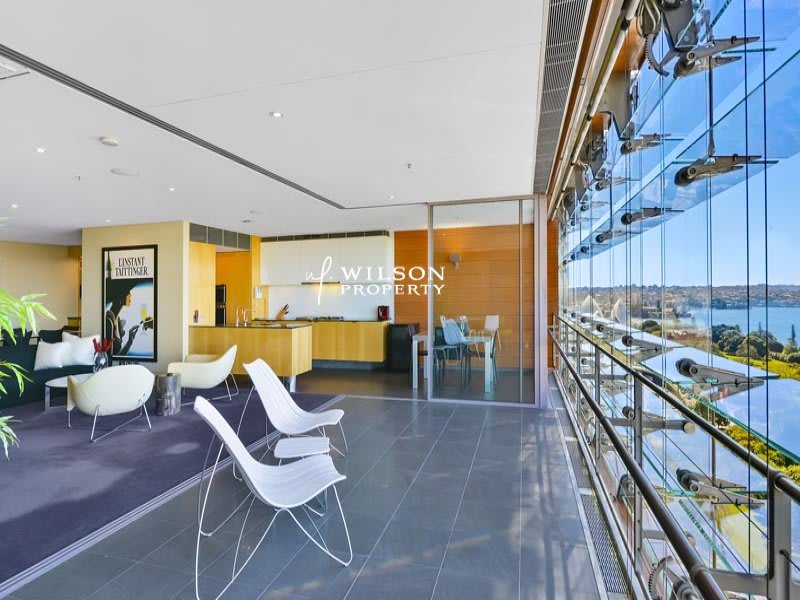
2) An example of the exaggerated use of the term “winter garden” is a Melbourne apartment listed through Buxton Albert Park agents James Hatchman and Darren Male (pictured below).
In a modern Karl Fender designed building situated on St Kilda Road, this one-bedder has a 26 square metre living area with sliding metal and glass doors opening to a glass-enclosed balcony with two half-height louvre panels – it could be described as a winter garden at a stretch. And the sad singular pot plant doesn't assist.
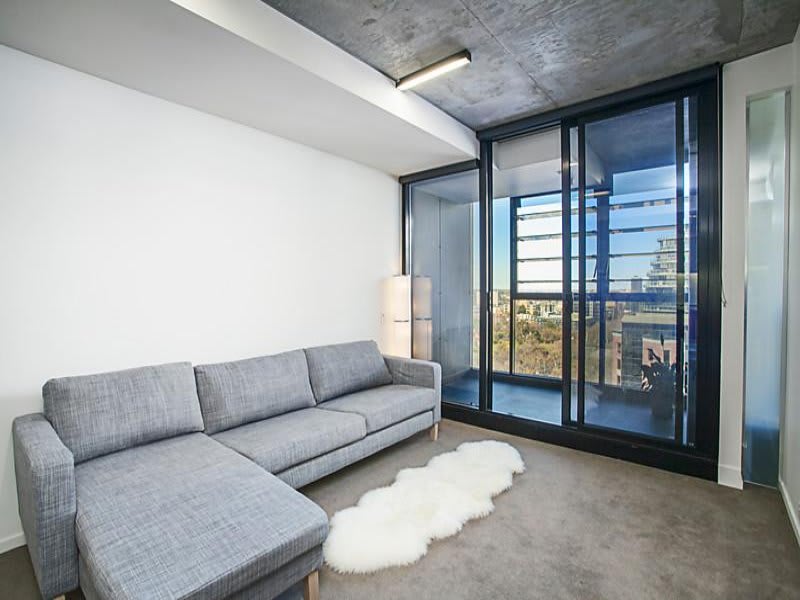
3) An advertisement for a one-bedder, at Zetland in Sydney, inappropriately uses the word 'winter garden'. Listed through Compass Realty agent, David Ho, the apartment (pictured below) is described as a “Stunning Near New One Bedroom with enclosed winter garden”.
With a masonry wall and sliding glass windows, this “winter garden” space is no more than an enclosed verandah measuring nine square metres.
